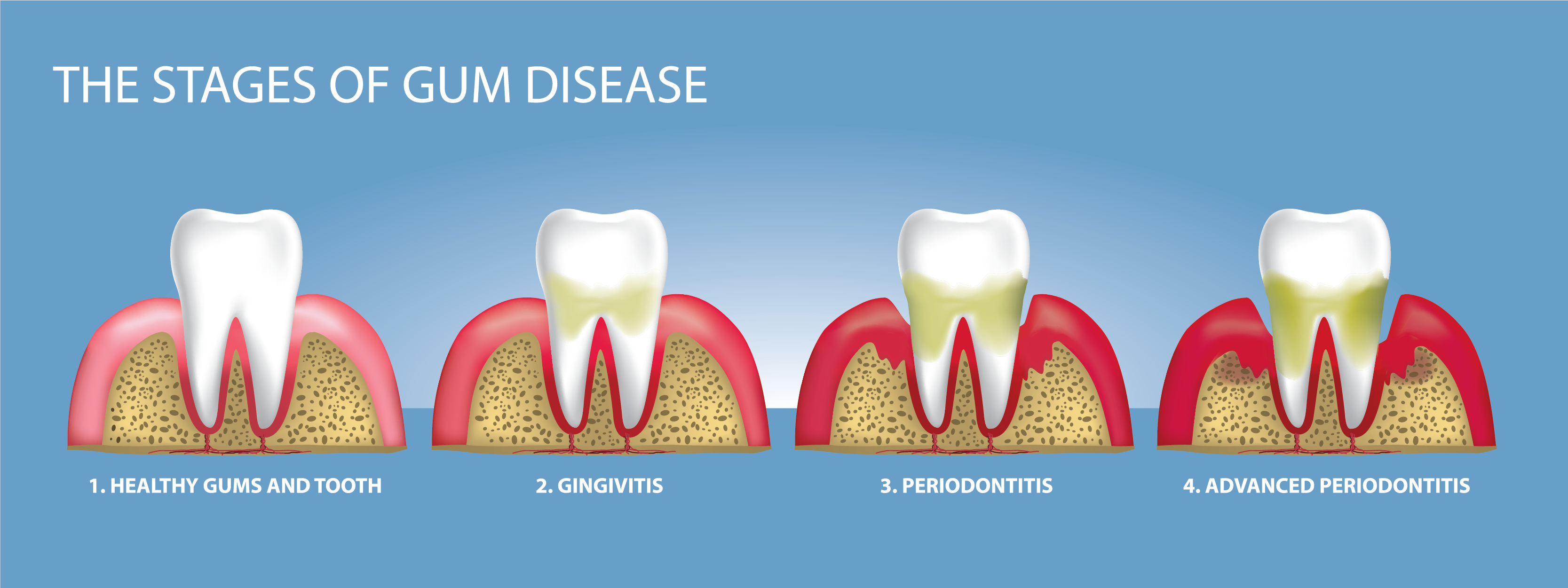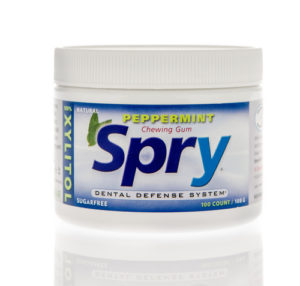HISTORY OF FLUORIDE AS A DENTAL AID
Like many scientific findings, the discovery of the importance of fluoride for teeth began through simple observation. A dental school graduate, Dr. Frederick McKay, moved to Colorado Springs, Colorado, in 1901 and opened a dental practice. He was shocked that many people native to the area had brown, splotchy, permanent stains on their teeth. Unable to find an explanation for this condition through research, he began to investigate the phenomenon on his own.
In 1909, a preeminent dental researcher, Dr. G. V. Black, traveled to Colorado Springs to assist McKay with his investigation. They worked together for six years (until Black’s death in 1915) and made two important discoveries. First, they learned that the condition resulted from developmental imperfections in children’s teeth. Second, teeth affected by the condition were also (surprisingly) resistant to decay. Some locals suggested that the condition was caused by a unique ingredient in the town’s water supply, an idea that intrigued McKay, but they had no evidence for this belief.
Around this time, McKay visited the town of Oakley, Idaho, where parents had suddenly begun noticing brown stains on their children’s teeth. This happened, the parents claimed, after a communal water pipeline to a warm spring was developed several miles away from Oakley. Although he still couldn’t prove a connection between water supply and dental health, McKay advised the families to forgo using this new water supply. They did, and within a few years, young children in Oakley were no longer developing mottled teeth.
Although McKay now felt confident that the water supply was to blame, he did not know what was unique about the water in these areas. He traveled to another affected area, Bauxite, Arkansas, with an employee of the U.S. Public Health Service, but their investigation of the water supply didn’t provide an answer. Luckily, however, their research report reached H.V. Churchill, the chief chemist of the Aluminum Company of America, which owned the town of Bauxite. Churchill discovered high levels of fluoride in the water using photo-spectrographic analysis. Finally, Dr. McKay had his answer!
This discovery led to many years of further experimentation and study, in which researchers, scientists, dentists, and the general public learned more about the importance of fluoride for teeth.
BENEFITS OF FLUORIDE
Although high levels of fluoride can cause fluorosis (the modern name for the condition that Dr. McKay noticed in Colorado Springs over a century ago), smaller amounts can offer great benefits without adverse effects. Don’t underestimate the following benefits of fluoride:
- Prevention of Tooth Decay. The main benefit of fluoride is that it prevents tooth decay. It strengthens teeth, making them more resistant to acid attacks, which cause cavities. This is especially important for children between the ages of 6 months and 16 years, whose teeth are still forming. However, it can also have a big impact on adult teeth.
- Reversal of Dental Caries. Fluoride can repair dental caries (i.e., tooth decay) in the early stages as well, before they are even visible. It remineralizes areas in which acid attacks have already begun breaking down the tooth enamel.
- Accessible and Natural. Fluoride, which comes from the element fluorine, occurs naturally in all water sources. It is easy to find and easy to use. The fluoride that exists naturally in water is rarely enough to provide the optimal level of dental protection, however, which is why we add fluoride to our community water supplies.
MODERN FLUORIDE APPLICATIONSAdding traces of fluoride to community water supplies (i.e., fluoridation) is one of the most effective ways to prevent tooth decay. In fact, studies prove that it can reduce tooth decay by 25% or more, even if the drinkers are receiving fluoride from other sources (like toothpaste). To learn more about the level of fluoride in your water, contact your local, county, or state health department. Fluoridation is a systemic application of fluoride, which means it is ingested by the body and incorporated into the structure of the teeth. Other forms of systemic fluoride include tablets, drops, and lozenges.
Dentists also recommend topical applications of fluoride, which become a part of the saliva, protect teeth from the outside, and make teeth even more resistant to decay. For example, always purchase toothpaste that contains fluoride (it should have an ADA Seal of Acceptance), and look for mouthwashes that contain fluoride as well. In addition, your dentist may apply professional fluoride therapy at your dental cleanings and exams in the form of a gel, foam, or rinse.
TOO LITTLE AND TOO MUCH FLUORIDEChildren between the ages of 6 months and 16 years old should take fluoride supplements if they are not drinking fluoridated water. Supplements are available in the form of liquids or tablets, which your dentist can prescribe. And even if your water is fluoridated, your child may need extra fluoride if he or she has a higher risk of tooth decay.
As we mentioned above, fluoride can cause fluorosis if you receive too much of it, but this is very unusual in most areas. If you are receiving too much fluoride, your dentist will notice the symptoms at your check-up and provide personalized advice. In addition, be sure to follow your dentist’s instructions regarding fluoride supplement amounts to prevent an overdose.
Although you are likely already getting plenty of fluoride through your water supply, toothpaste, and dental appointments, talk to your dentist if you have any questions or concerns. Contact your local health department to learn about the fluoride in your community’s water, and be sure to purchase toothpastes and mouthwashes that contain additional fluoride. Finally, be sure to teach your children the importance of fluoride for teeth, so that they will understand why brushing your teeth properly and visiting a dentist regularly is so crucial.


 Xylitol is a natural sweetener that is derived from plants, vegetables, and some fruits.
Xylitol is a natural sweetener that is derived from plants, vegetables, and some fruits.
Recent Comments